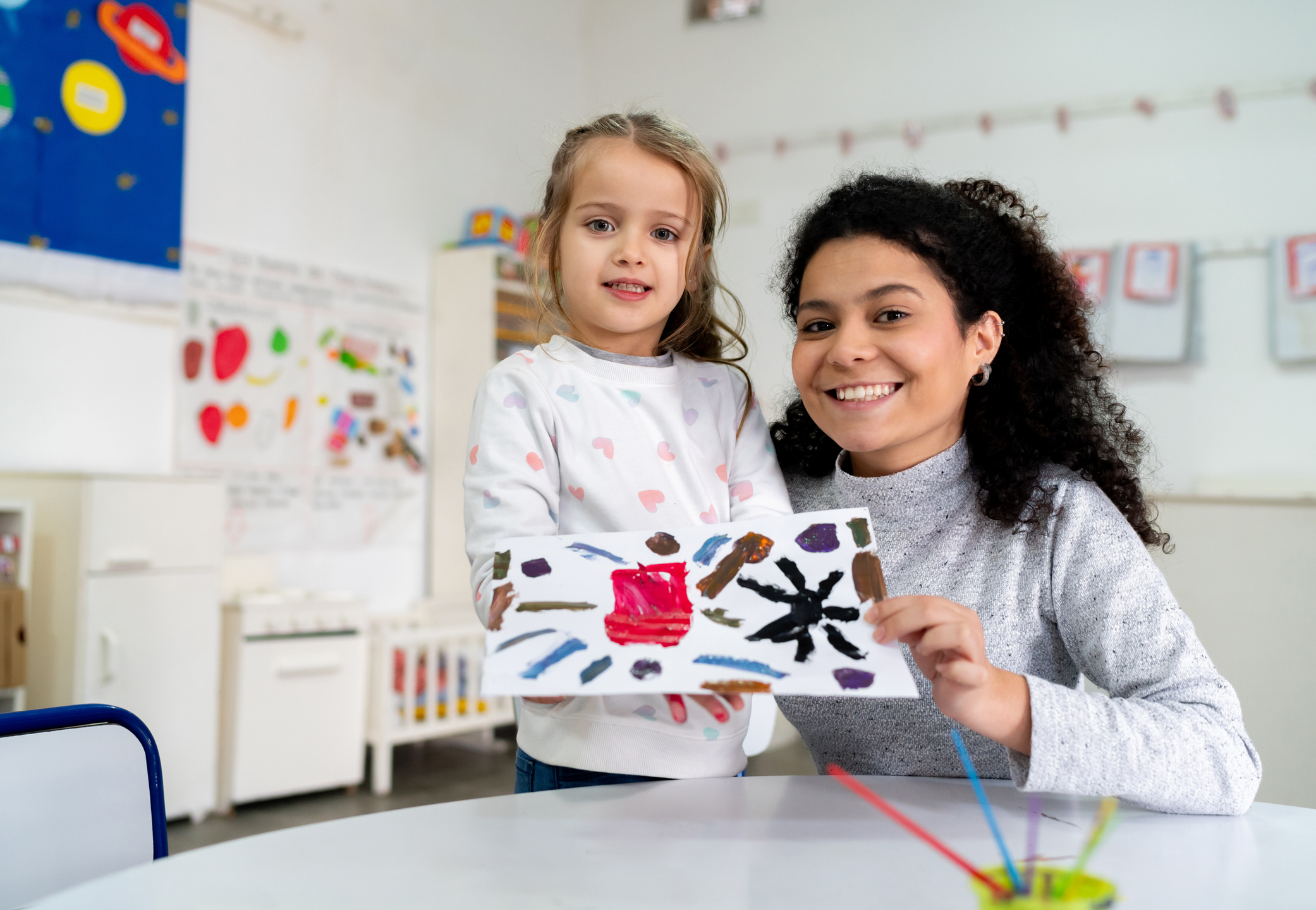In the 80 years since it was first published, Maslow’s Hierarchy of Needs has been applied to every possible human experience that occurs over time. That includes the classroom experience, which is perhaps the most important developmental situation for a person outside of the family environment.
Considering these basic human needs can give us clues as to what may be driving behaviours in the classroom. The first three needs are surviving needs, while the other two are thriving needs. Therefore, if the survival needs haven’t been met, we can’t move our students onto a place of academic achievement.
Physiological
It is considered one of the sadder components of an educator’s job that he or she must worry about whether a student’s physiological needs are met as they enter the classroom. Food, water and sleep are essential elements to life, and yet many children come into school not having had breakfast or a good night’s sleep. Teachers should be curious and tune into children who struggle to transition well into school at the start of their day.
Safety
If we feel unsafe, our brain sends messages to our body that we need to be in survival mode. This means that we are not ready to learn maths, English or science! Being in fight/flight/freeze means that our ‘thinking brain’ is offline, so we also are not in the right place to be able to accurately read cues from others, make good decisions or problem solve. Therefore, creating a sense of safety and stability in the classroom is crucial, through predictable classroom routines and calm transitions into lesson.
Love/Belonging
It is a human requirement to be connected to our fellow man. Belonging is important for us psychologically in order to feel safe and valued. So creating a sense of belonging for all children is vital. While a teacher may not be providing ‘love’ per se, being unconditional, empathic and nurturing towards children reaps the same benefits. Teachers cannot force students to befriend any other student, but they can ensure that no student feels left out of overarching classroom activities. Group or pair work can work well to develop positive relationships in the classroom. Displaying work of students and assigning classroom tasks can further create a sense of belonging.
Esteem
Self-esteem, confidence, and respect for themselves and others is where education begins to have influence on a student. As much as teachers need to know the material they are teaching, they need to be able to provide affirmation to their students about their strengths in the classroom. Making clear and demonstrative statements to a student about expectations and celebrating classroom successes builds self-esteem and confidence in the students. Teachers should teach the values of respecting each other to develop a trusting culture within the classroom. Be careful about singling students out for direct feedback – this can trigger shame and another set of behaviours!
Self-Actualization
The goal is to get a student to the stage where they can reach their highest potential. By assuring that the four earlier stages of the hierarchy are met, a student can begin to see themselves as successful students. They can recognise their own personal achievements and improvements and feel proud of these. They can reflect on how they can improve and reflect on their own performances. Only when a student’s other needs are met can they then have the confidence to work toward improving themselves in areas where they are lacking.
Applying Maslow in the Classroom
Within the construct of a learning environment, teachers can facilitate improvement for students in the areas of need discussed in the hierarchy.
Physiological – Allowing for hydration, snacking and rest, within reason, can allow students to have the most basic elements of successful living.
Safety – Ensure students know what to do and who to go to if they feel unsafe. Provide clear transitions so students know what will happen next. Promote a safe and trusting classroom environment
Love/Belonging – Ensure students feel part of the lesson, classroom and school in general. Think about seating arrangements and pairs or group exercises to encourage positive relationships.
Esteem – Ensure that students are able to recognise their own achievements and see them as positive. Provide opportunities for students to achieve and praise in different ways. Ensure students have their own visual record of their successes. Celebrate whole classroom achievements.
Self-Actualization – Ensure students can articulate their achievements and share them with parents/carers and peers. Evaluate progress the student has made in ALL aspects of their school attendance (including social and emotional progress). Create opportunity for pupil to celebrate with family, staff and peers.
Explaining Maslow’s Hierarchy to students
Maslow’s hierarchy was a ground-breaking discovery, and its application is conducted throughout all areas of instruction and learning. But, the beauty of Maslow’s discovery is that it is easily explained.
No matter how old your students are, take a few minutes to explain to them the value of achieving each step along the way in the hierarchy. By pointing out the value of each stage, students can recognize in themselves where they are lacking, and will be encouraged to bring it up to teachers. They will realize their situation has been experienced by others.
By explaining the value of meeting the needs of others, students can perhaps even recognize where classmates’ needs are not being met. Whether it is from personal knowledge of a student’s home life, or observational knowledge, classmates can provide information that may slip past a very busy teacher.







